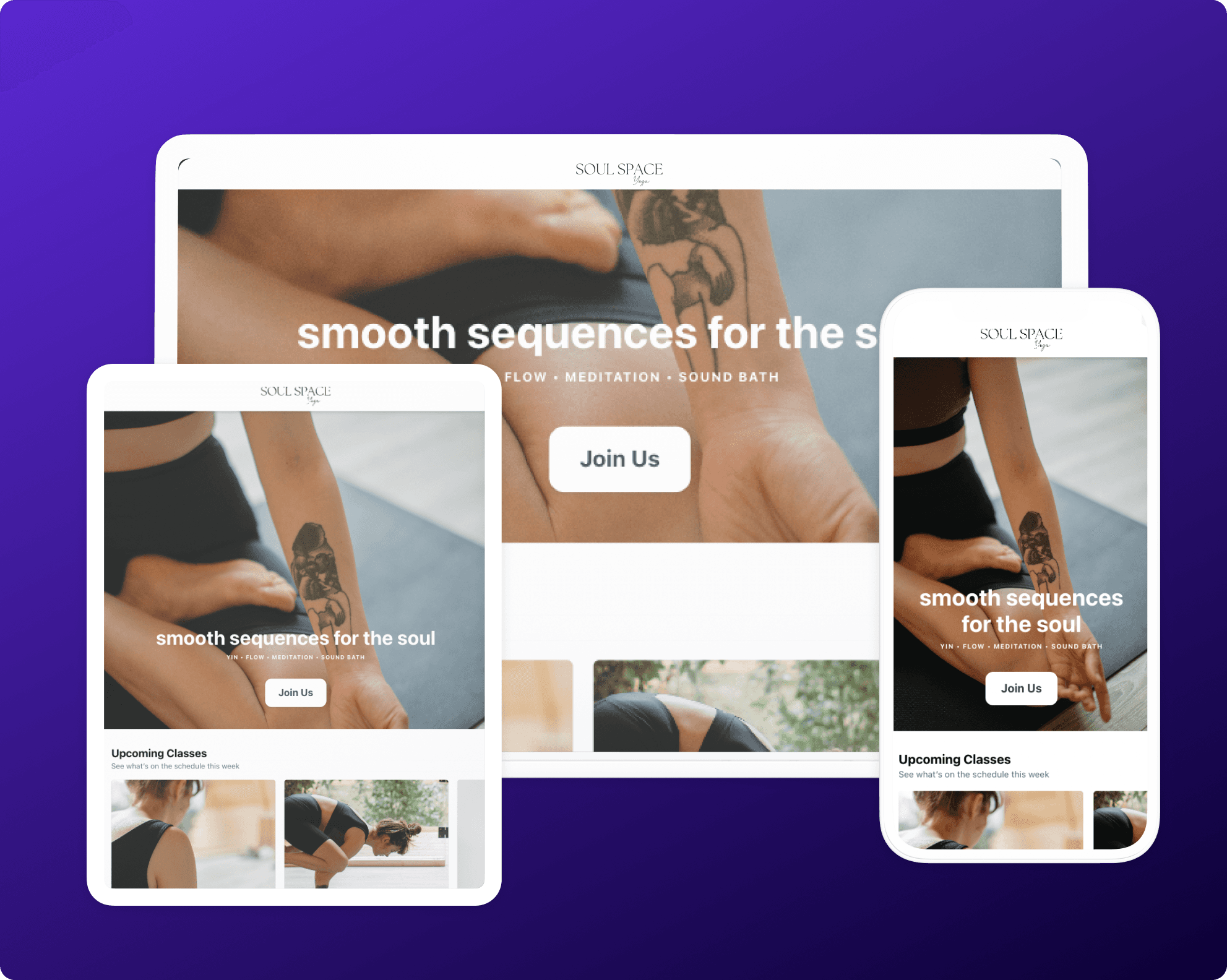Movement vs Patreon
Are you on the hunt for the best Patreon alternatives? Your search ends here. Both Patreon and Movement are user-friendly platforms that allow creators and online businesses of all types to host their communities and deliver and sell digital content, without needing to build their own website or app from scratch.
For content creators, startups, podcasters, bloggers, and influencers of all types, there is no shortage of options when it comes to platforms that allow for community hosting and monetization of digital content and creative projects. Subscribestar, OnlyFans, Buy me a coffee, Podia, Substack, Sellfy, Ko-Fi , Mighty Networks, Gumroad, Patreon, etc. The amount of choice can be overwhelming.
But what if your ambitions stretch beyond merely offering a membership platform where your community can purchase subscriptions to access your exclusive content? If you're seeking the best alternative to traditional membership platforms, and not just a place to paywall your content, this article is for you.
In this comprehensive comparison, we will thoroughly explore numerous aspects of Patreon and Movement, encompassing pricing, functionality, customer support, customization options and more. Our aim is to help you making an informed decision about which platform aligns best with both your needs, and the needs of your subscribers.
What is Patreon?
Patreon is a crowdfunding platform for creators, influencers, artists, and public figures to raise money from their fans or followers in exchange for a subscription or membership that includes exclusive content, subscriber-only or community privileges, and more.
What is Movement?
Movement offers a highly flexible and customizable drag-and-drop app builder that enables creators to build their own white-label branded app to deliver course content, sell digital products, and build a community. Optimized for mobile use, the apps can be accessed and offer a great experience on any device. An all-in-one community platform that lets you host and engage your community, sell courses, coaching, memberships, and digital products, Movement is designed to be fully customizable, so you can provide a unique experience for your audience.
Why creators are making the move to Movement
These are some of the reasons creators have been making the move from Patreon to Movement to build their own community and membership platform, completely on their terms.
Pricing
Pricing is a critical factor when choosing the best membership site to host your community, fanbase and backers .
When it comes to pricing, Patreon and Movement differ in their strategies, each with unique implications for your budget and decision-making process.
Patreon Pricing
Patreon has a fee-based pricing model, where they take a cut of your monthly income in the form of a platform fee. The percentage of income they take will depend on which plan you choose. There are also additional processing (up to 6% + 0.10USD per payment < $3 & up to 3.9% + 0.30USD per payment > $3), currency conversion (2.5%) and payout fees to be aware of.
Patreron offers three pricing tiers:
Pro plan: Creators on the pro plan will have can set up to monthly and annual subscriptions, membership tiers, free trials and special offers. They will have access to priority customer support, engagement tools (chats, DMs, comments) and member analytics and insights. Patreon will take an 8% platform fee for all income earned on this plan, in addition to currency conversion, payout and payment processing fees.
Premium plan: Creators on the premium plan will have access to everything from Pro, plus: a dedicated partner manager, team accounts and merch for membership. Creators will be charged a 12% platform fee for all income earned on Patreon, with the same additional processing, currency conversion and payout fees.
Commerce: The commerce plan allows creators to sell digital products (outside of regular memberships), charging 5% of monthly income from sales of digital products, plus the same additional fees as other plans.
(Note: in October 2023, Patreon made the decision to discontinue their Lite plan, which was a basic plan with no tiers.)
Movement Pricing
Movement’s pricing is a subscription model (or monthly fee) based on tiered features and monthly active members. On the Base plan and above, there is a 2.5% transaction fee on in-app transactions (such as the purchase of a monthly subscription or online course). This is in addition to the Stripe fee, which varies slightly by country (2.9% + 30¢ for US credit cards).
Free Plan: Launch your own branded mobile app and grow your community (up to 100 active members) with a completely free plan, no upfront costs required.
Free Trial: Try out all the features on our paid plans with a risk-free free trial before committing.
Base Plan: For only $49/month, enjoy unlimited audio and video uploads, private access and private apps, one-to-one messaging, support for 1,000 Active Members and a reduced fee on in-app transactions.
Pro Plan: Remove Movement branding, get access to our Zapier integration for seamless automation and integration with your workflows, Google Analytics integration, Push campaigns and group chat features for $99/month.
Business Plan: For $299/month, this plan unlocks priority support, reporting, API access, Apple app store and Google play store listings and our Google Tag Manager integration.
Pricing structures can have significant financial implications, and are something that is worth researching thoroughly when deciding which membership platform best aligns wth your needs.
Initially, Patreon may appear to be the more affordable platform, due to the absence of upfront costs. However, the significant 8-12% platform fee for its community plans, compounded by processing charges, currency conversion, and additional payout fees, can quickly add up. Creators may be losing over 18% of their income on Patreon’s Premium plan when factoring in the platform, processing, currency conversion and payout fees.
In contrast, Movement, despite the initial upfront costs of its paid subscriptions, provides a much more economical long-term solution as your community expands. Movement's transparent pricing and minimal additional fees ensure ongoing affordability, particularly as your income and community grow over time. Over time, fixed subscription costs will pale in comparison to the percentage of your income a platform takes as your community grows.
— Kyle, TAKA FC
Conclusion
In conclusion, both Movement and Patreon offer robust tools that allow you to host your community, engage your audience, and monetize your creative endeavors. Your choice between Patreon and Movement may depend on your specific needs and budget.
However, it is clear that the differences in their offerings, pricing structures, and customization options make Movement a compelling alternative to Patreon, especially for those who demand a more bespoke platform that offers total control and flexibility with fewer limitations and hidden costs. With Movement, you can seamlessly bring your community, content, courses, and subscriptions together in one place, creating your own branded space that is independent of social media.
















